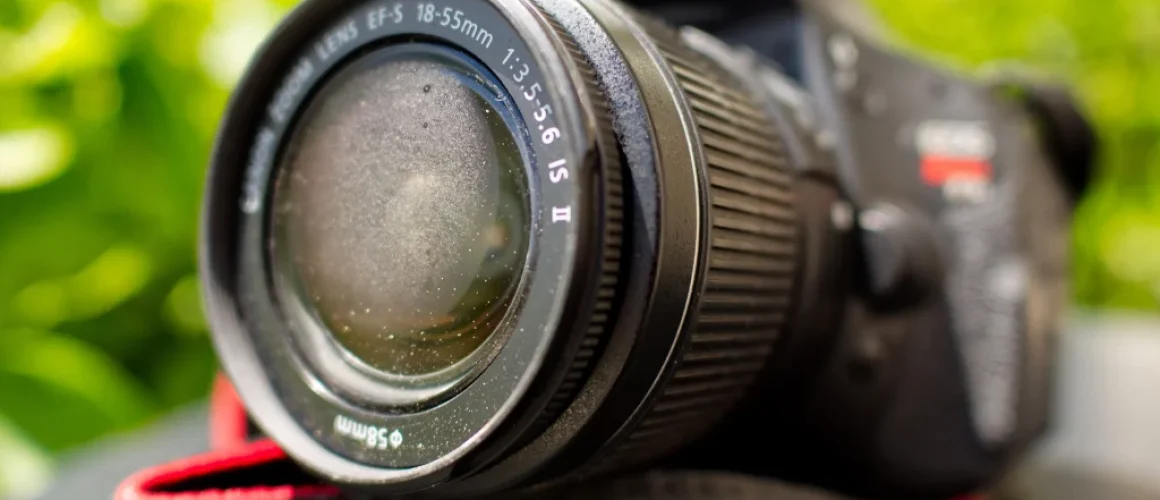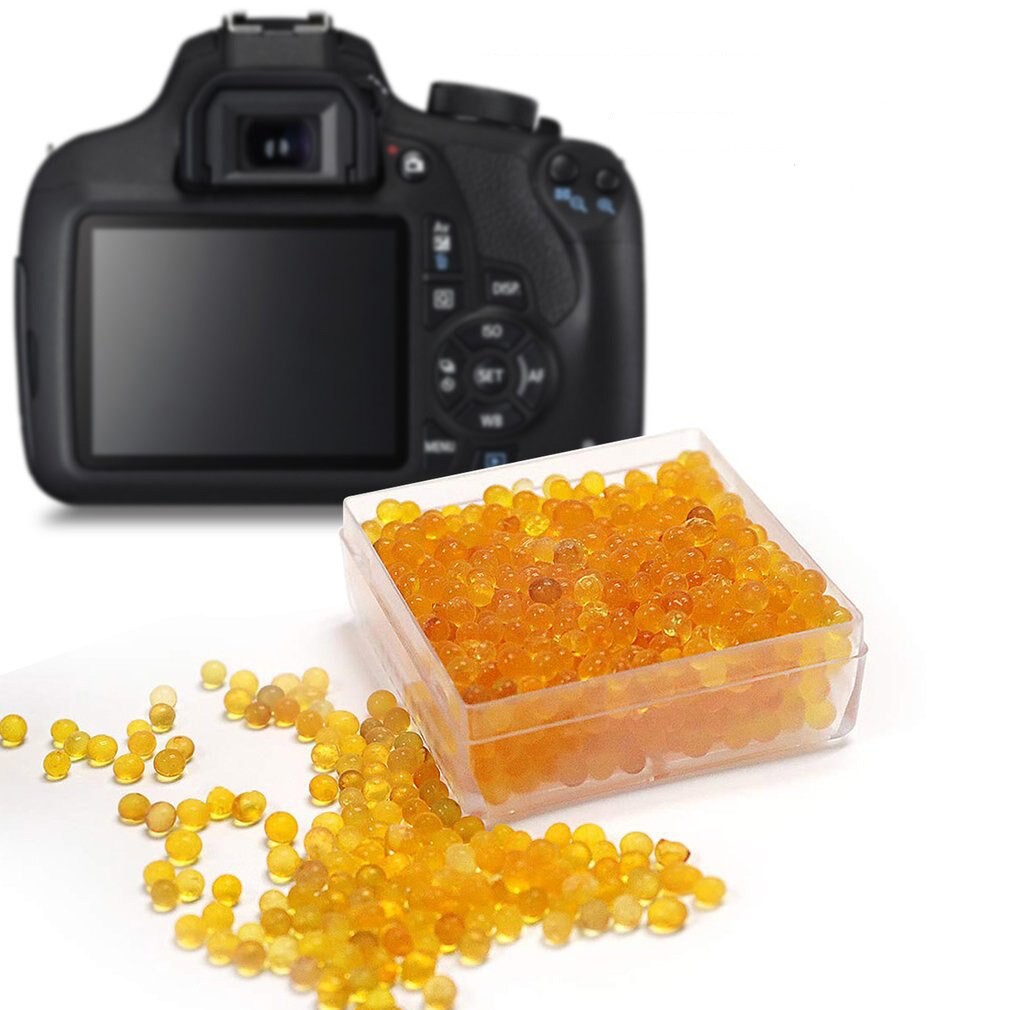Effective Humidity Control for Camera Storage
Table of Content
Managing humidity is crucial to protect your valuable camera equipment from moisture damage. Discover various humidity control methods to keep your gear safe and ready for action.
Introduction: Why Humidity Control for Camera Storage Matters
Have you ever noticed condensation forming on your camera lens or other equipment? That’s moisture buildup, and it can wreak havoc on your gear over time. Controlling humidity in your camera storage is essential for maintaining optimal performance and preventing costly damage. But how can you effectively control humidity and protect your investment? Let’s dive into some practical techniques you can use to keep your camera equipment safe from moisture.
The Importance of Dry Storage for Your Camera Gear
Humidity control for camera storage is essential because excessive moisture can lead to:
- Fungus growth on lenses
- Corrosion of metal components
- Swelling or warping of wooden parts
- Deterioration of adhesives and other materials
By maintaining a dry storage environment, you can avoid these issues and ensure your camera equipment stays in top condition.
Technique 1: Using Silica Gel Desiccants
One popular method of humidity control for camera storage is using silica gel desiccants. These small packets absorb moisture from the air, reducing humidity levels in your camera storage. Here’s how to use them effectively:
- Choose the right size and quantity of desiccant packets based on your storage space and the amount of equipment you have.
- Place the packets in your camera bag or storage container, making sure they’re distributed evenly.
- Monitor the color-changing indicator (if available) and replace or recharge the packets when necessary.
Tip: You can recharge some silica gel desiccants by heating them in an oven or microwave according to the manufacturer’s instructions.
Technique 2: Airtight and Watertight Cases
Another way for humidity control for camera storage is by using airtight and watertight cases. These containers seal out moisture, creating a controlled environment for your camera equipment. Here are some tips for using them:
- Select a case that fits your gear comfortably, without being too tight or too spacious.
- Use foam inserts or dividers to keep your equipment organized and protected from impact.
- Consider adding a small desiccant packet to the case for added moisture protection.
Technique 3: Climate-Controlled Storage
If you have a large collection of camera equipment or live in an area with high humidity, you may benefit from climate-controlled storage. This can be a dedicated room or a storage unit with temperature and humidity controls. Here’s what to consider when setting up climate-controlled storage:
- Aim for a temperature range of 65-75°F (18-24°C) and a relative humidity of 35-45%.
- Use shelving or cabinets made of moisture-resistant materials, such as metal or plastic.
- Regularly check your storage environment with a hygrometer to ensure the temperature and humidity remain stable.
Technique 4: Using Dehumidifiers
Dehumidifiers are another option for reducing humidity levels in your camera storage area. These devices work by removing moisture from the air, helping to maintain a dry environment. Here are some tips for using a dehumidifier:
- Choose a dehumidifier with a capacity suitable for your storage space.
- Place the device in a central location, away from walls or obstructions.
- Empty the water collection container or drain the hose regularly to ensure proper operation.
Technique 5: Proper Ventilation and Airflow
Finally, proper ventilation and airflow can play a vital role in controlling humidity. Good air circulation helps to prevent moisture buildup and reduce the risk of mold and mildew
growth. Here are some ways to ensure proper ventilation in your camera storage area:
- Avoid storing your equipment in damp or musty spaces, such as basements or garages.
- Ensure there’s adequate airflow around your storage area by not overcrowding shelves or cabinets.
- Use a fan or air purifier to maintain good air circulation and prevent stagnant air.
Frequently Asked Questions
Does humidity affect cameras?
Yes, excessive humidity can lead to fungus growth on lenses, corrosion of metal components, and deterioration of adhesives and other materials.
What humidity level is good for camera?
A relative humidity of 35-45% is generally considered safe for camera storage.
How do I get the humidity out of my camera?
Using silica gel desiccants, dehumidifiers, or storing your camera in a climate-controlled environment can help reduce humidity.
How does humidity affect photography?
High humidity can cause condensation on the lens, affecting image clarity. It can also lead to fungus growth, which can permanently damage the lens.
Can humidity ruin film?
Yes, high humidity can cause film to stick together, leading to damage.
Is humidity bad for technology?
Yes, high humidity can cause corrosion and short circuits in electronic devices, while low humidity can lead to static electricity, both of which can damage sensitive electronic components.
Is 70% humidity bad for electronics?
Yes, a humidity level of 70% or higher can increase the risk of condensation, leading to potential damage to electronic components.
What is the effect of 100% humidity?
100% humidity means the air is completely saturated with water vapor and cannot hold any more, increasing the likelihood of condensation and moisture-related problems.
How do I protect my DSLR from humidity?
You can protect your DSLR from humidity by using silica gel desiccants, storing it in an airtight and watertight case, or using a dehumidifier.
How do you fix humidity damage?
Depending on the extent of the damage, you may need to clean the affected parts, replace certain components, or in severe cases, consult a professional.
Does opening windows reduce humidity?
Opening windows can help reduce humidity if the outdoor air is drier than the indoor air. However, if the outdoor air is more humid, it may increase the indoor humidity levels.
Conclusion: Protecting Your Camera Equipment Investment
By implementing these effective humidity control techniques, you can safeguard your camera gear from moisture damage and prolong its lifespan. Remember, maintaining a dry storage environment is essential for preserving your equipment’s performance and value. So, whether you’re a professional photographer or a hobbyist, make sure to prioritize humidity control in your camera storage routine. Your gear will thank you!
The Impact of Humidity on Various Industries and How Desiccants Can Help

